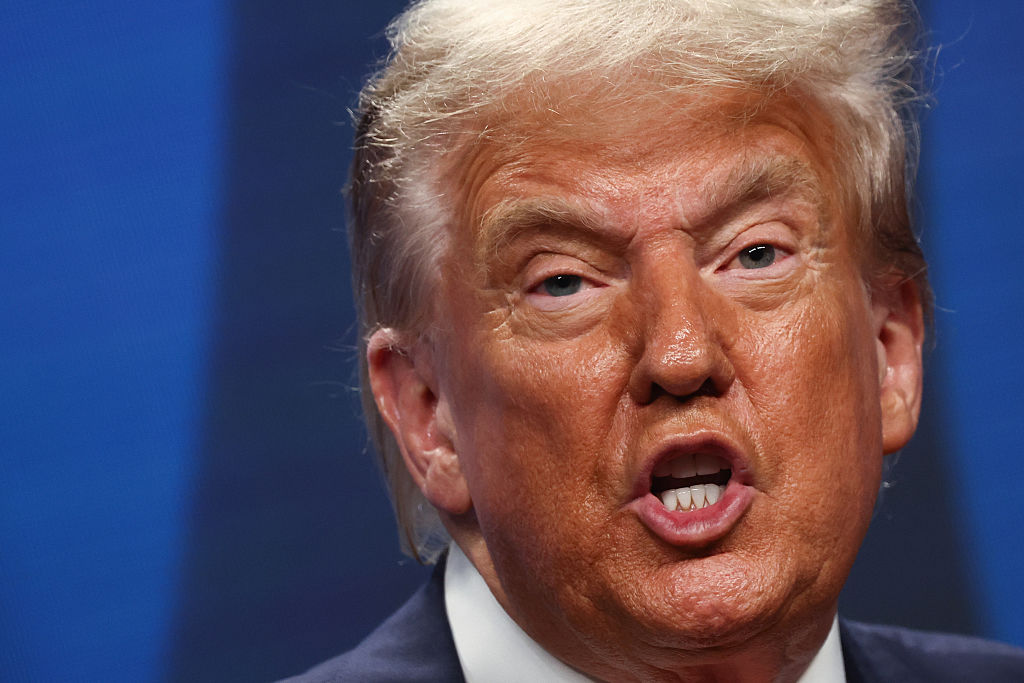Trump's FEMA Tornado Tweet Comes As Blacks Still Suffer From Storms
Trump Orders ‘A Plus’ FEMA Treatment For Alabama As Black Towns Hit By Storms Languish
President Donald Trump assured a predominantly white Alabama town on Monday that its residents will receive urgent, top of the line federal assistance in the aftermath of a deadly tornado on Sunday. The president’s promise came as poor Black and brown communities in the U.S. that have been struck by natural disasters in recent years were still struggling to recover.
See Also: Hurricane Florence Likely To Hit Black Residents The Hardest
“FEMA has been told directly by me to give the A Plus treatment to the Great State of Alabama and the wonderful people who have been so devastated by the Tornadoes,” the president tweeted.
Rescue and cleanup efforts were underway Monday in Lee County after a devastating tornado on Sunday claimed at least 23 lives and injured dozens more, the New York Times reported. Several people remained unaccounted for in the wake of the disaster.
“Unfortunately, we anticipate the number of fatalities may rise as the day goes on. I have not seen this level of destruction, ever,” Lee County Sheriff Jay Jones said.
Residents of Lee County, which is 70 percent white, have hope in the wake of the terrible disaster. Predominantly Black communities usually don’t fare as well in these situations. Based on Trump’s standards, the Federal Emergency Management Agency (FEMA) has given them second-class citizen treatment. Hurricane Katrina in 2005 put a national spotlight on the disparities that persist.
Many poor African-American neighborhoods were still trying to recover in the aftermath of recent devastating hurricanes. For example, the Tallahassee Democrat reported on Feb. 23 that Florida’s historically Black neighborhood of North Port Joe has received practically no help from FEMA four months after Hurricane Michael struck the Gulf Coast with 155-mph winds.
“I’ve been waiting for them to pick it up for a couple of weeks now. FEMA isn’t moving as fast over here,” James Fennell, a wheelchair-bound man said as church volunteers helped to clean up his damaged home.
The Atlantic’s City Lab called attention in October to the huge racial disparity in recovery funding after Hurricane Harvey ravished Texas in 2017.
“Across Southeast Texas, residents in a handful of small, white, affluent towns stand to reap far more Harvey recovery funds than those just a few miles away, in far more populous but poorer majority-minority cities—resulting in huge racial disparities in the distribution of recovery funds,” the magazine noted.
A disproportionate number of African-Americans generally live in low-income neighborhoods or buildings that are susceptible to storm shocks, according to the Brookings Institution, a nonprofit public policy think tank. The substandard infrastructure of affordable housing units is at greater risk of crumbling under the pressure of hurricane wind, the organization explained.
People living in those vulnerable communities tend to not have the resources to relocate to safer locations. If they are able to get away, they usually struggle to replace storm-damaged property because they typically lack flood insurance policies.
SEE ALSO:
Black Hurricane Florence Survivors Say They’re Being Ignored After Historic Flooding In Wilmington
Dozens Of Black Residents Are Homeless A Year After Hurricane Harvey Hit Texas
















